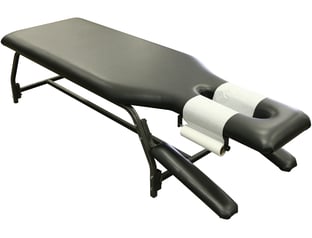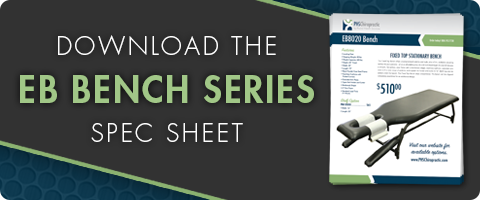Cash-based practices are becoming the foundation of your ability to communicate value to your patients. Whether you currently run a cash-based practice, partial cash-based practice, or still an insurance based practice, looking into how a cash-based practice can benefit you is worth this read. Pivotal Health Solutions Chiropractic inquired some of our clinical doctors about how they run their practice and how to make yours succeed- cash-based or not.
Health insurance. Some people have it, some people don’t. Insurance can be terribly expensive, and some insurance doesn’t cover certain check-ups. Chiropractors, for example, used to not have 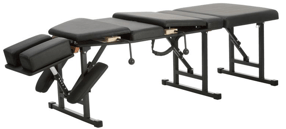 theinsurance benefits most medical practitioners had. Many early chiropractors had to keep moving their offices so that spotters from the medical boards wouldn’t arrest them for practicing medicine without a license (Phil Mancuso, D.C., 1994). Some chiropractors would see upwards of 70 patients a day, living paycheck to paycheck because they were forced to wait for their insurance payments!
theinsurance benefits most medical practitioners had. Many early chiropractors had to keep moving their offices so that spotters from the medical boards wouldn’t arrest them for practicing medicine without a license (Phil Mancuso, D.C., 1994). Some chiropractors would see upwards of 70 patients a day, living paycheck to paycheck because they were forced to wait for their insurance payments!
Nowadays, a lot of chiropractors are making the transition to an entirely cash-based practice.Chiropractic house- calls, walk in appointments, and even scheduled appointments are being paid for strictly with cash. Although the foundation of a cash-based practice relies on your ability to communicate value to your patients, chiropractors who chose this method of practice need to have the proper procedures, equipment and systems in place to collect more cash from their patients, rely less on the dependence of insurance collections, and apply the appropriate legal discounts to care.
 A lot of chiropractors that choose to use a cash-based model in their practice do so because it keeps everyone’s costs down- the chiropractor’s and the patient’s. Depending on the insurance carrier, the fees are usually higher. Some chiropractors have fees as low as $20 for an adjustment. Also, medical insurance companies have strict guidelines for practitioners, resulting in higher fees, which continues to steer chiropractors away from insurance practices.
A lot of chiropractors that choose to use a cash-based model in their practice do so because it keeps everyone’s costs down- the chiropractor’s and the patient’s. Depending on the insurance carrier, the fees are usually higher. Some chiropractors have fees as low as $20 for an adjustment. Also, medical insurance companies have strict guidelines for practitioners, resulting in higher fees, which continues to steer chiropractors away from insurance practices.
Do you have to choose between strictly cash or strictly insurance? No! Dr. Jarrod Nichols, of Nichols Chiropractic in Manhattan, KS, uses a 70%-30% model.
” 70% of my practice is insurance-based and the other 30% is cash-based. Although Nichols Chiropractic isn’t entirely “cash-based,” I like to be flexible to my patients and will serve patients who have insurance, though choose to pay using a cash plan.”
Dr. Jerad Bludorn, of Lake Norden Family Chiropractic, says he runs a primarily insurance-based practice, although he does occasionally treat patients via cash. 
“In the state of South Dakota, we are restricted by fee-for-service laws and pre-payment for services. Although “going-green” is the way to go for other chiropractors, it is not necessarily where I want to be in the state of South Dakota, although I will set a fair rate for fee-for service.”
For treatments such as laser therapy and manual therapy techniques, modalities such as Apollo Cold Laser treatments andWhole Body Vibration, as well as exercise programs by a chiropractor would most likely fall under cash payment. Why? A lot of these treatments fall outside of what is covered by insurance, not just in South Dakota.
Some doctors have been operating a 100% cash-based practice for years. Dr. Curtis Turchin has been operating a cash practice for over 20 years. 
“There are dramatically more advantages than disadvantages to having a cash practice for chiropractors, such as immediate imbursement, rather than waiting for insurance reimbursements; chiropractors are reimbursed at a much lower level than other health care providers.”
5 Reasons to “Go-Green”
Benefits to running a cash-based chiropractic practice
- Immediate payment for services
- Dramatically lower overhead (burden or indirect costs) than a billing practice
- Lower staff & reporting requirements
- Ability to develop pre-payment plans for treatment regimens
- Lower tax deductibles for your practice
Although having a cash-based practice can be quite beneficial to you and your patients, cash-based may not be for you, and that’s ok! You may have a slower client base and billing insurance can open up your practice to patients who can only afford treatments if their insurance pays for their visit. Maybe you just aren’t interested in maintaining a cash-based practice, or your state has certain requirements and regulations, whatever you choose for you and your patients, always keep in mind that a cash-based payment system can eventually work into your practice!
Click below to learn more about “Going Green” and download our cash-based practice infographic!


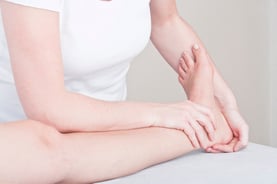 For athletes who are training hard, the stabbing pain of plantar fasciitis is all too common. Most often, when pain is felt into the bottom of the foot, it is instantly diagnosed as “plantar fasciitis.” I say, let’s take a hard look at all the reasons there might be pain in the bottom of the foot and try to eliminate those reasons. And, let’s not be too quick to give a medical condition to everyone who experiences pain or discomfort.
For athletes who are training hard, the stabbing pain of plantar fasciitis is all too common. Most often, when pain is felt into the bottom of the foot, it is instantly diagnosed as “plantar fasciitis.” I say, let’s take a hard look at all the reasons there might be pain in the bottom of the foot and try to eliminate those reasons. And, let’s not be too quick to give a medical condition to everyone who experiences pain or discomfort.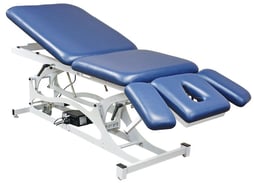
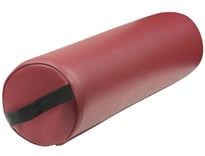
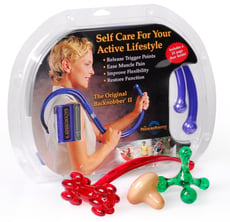

 In the chiropractic field, flexibility is the name of the game. It’s our mantra too. Since we launched in 2005, PHS Chiropractic has become a leader in beautifully designed, customizable chiropractic tables and accessories. We design our base tables to be feature-rich, meeting the needs of the student or new practitioner. Yet as you grow your practice, our tables grow with you: We’ve dreamed up every possible feature, from drops to elevating heights to adjustable head pieces—all easily added to your existing table to broaden your options. It’s all part of the thought and care that we put into each and every PHS Chiropractic product. Made right here in the Midwest at our plant in Watertown, South Dakota, our products reflect our strong values: high quality, integrity, creativity and innovation. The result is a rich line of chiropractic tables and accessories—from our groundbreaking Tradeflex series to our patented ErgoStyle drops—all offering a high level of design expertise, patented features and great value that give you the tools you need to build a successful practice.
In the chiropractic field, flexibility is the name of the game. It’s our mantra too. Since we launched in 2005, PHS Chiropractic has become a leader in beautifully designed, customizable chiropractic tables and accessories. We design our base tables to be feature-rich, meeting the needs of the student or new practitioner. Yet as you grow your practice, our tables grow with you: We’ve dreamed up every possible feature, from drops to elevating heights to adjustable head pieces—all easily added to your existing table to broaden your options. It’s all part of the thought and care that we put into each and every PHS Chiropractic product. Made right here in the Midwest at our plant in Watertown, South Dakota, our products reflect our strong values: high quality, integrity, creativity and innovation. The result is a rich line of chiropractic tables and accessories—from our groundbreaking Tradeflex series to our patented ErgoStyle drops—all offering a high level of design expertise, patented features and great value that give you the tools you need to build a successful practice.